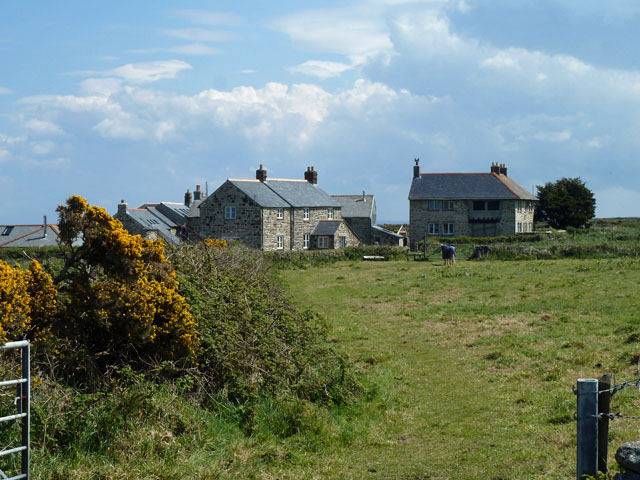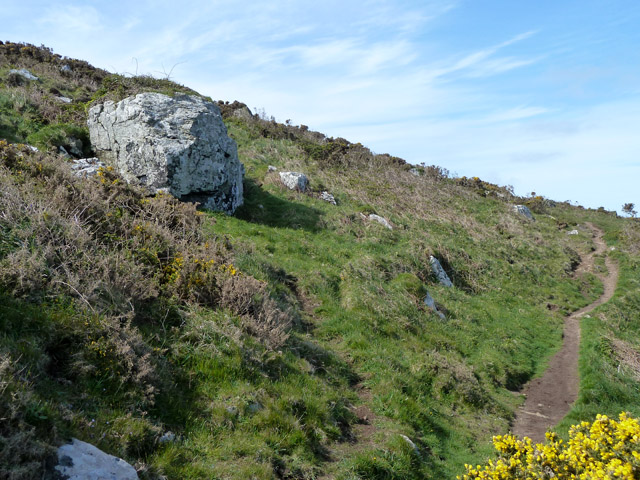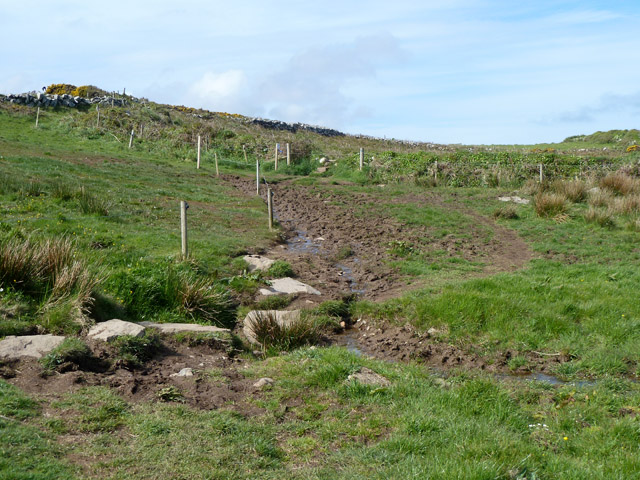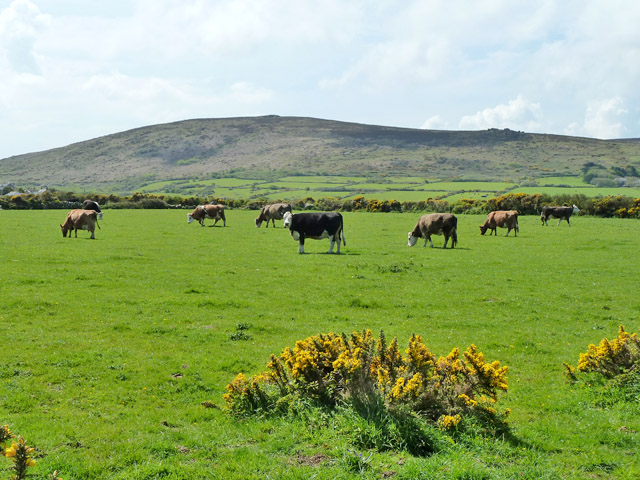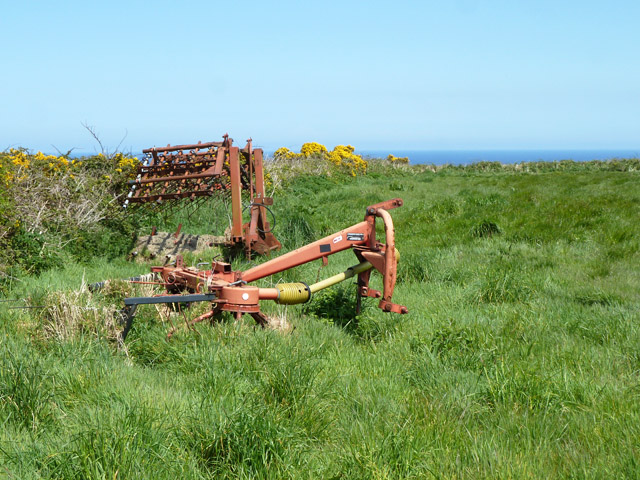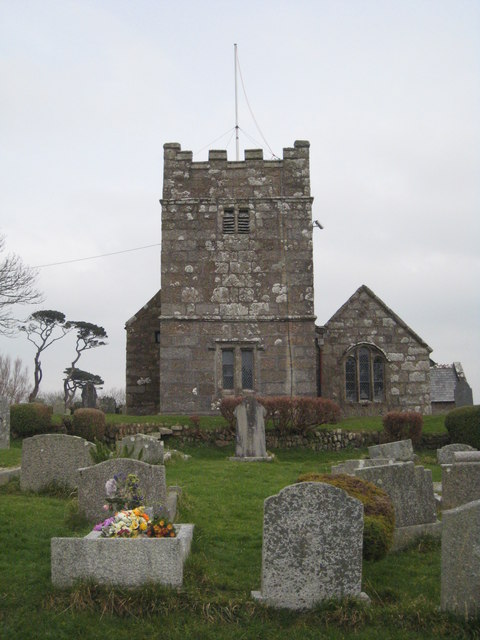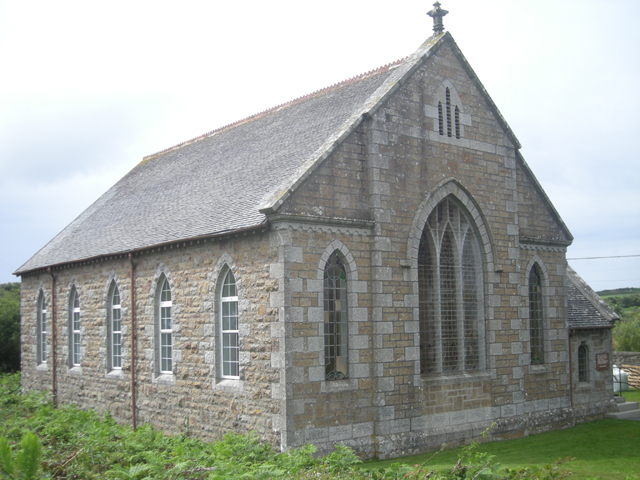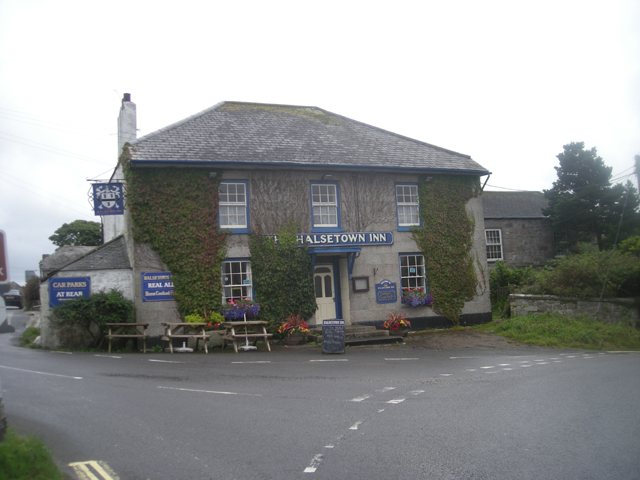Breja Common
Downs, Moorland in Cornwall
England
Breja Common
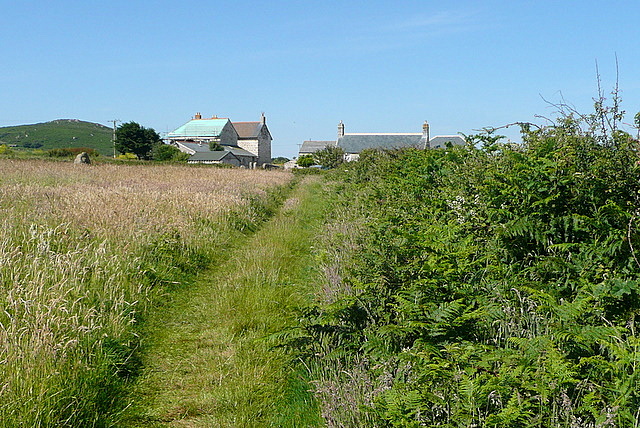
Breja Common is a picturesque area located in Cornwall, England. Situated on the Downs and Moorland, it covers a vast expanse of land and is renowned for its natural beauty and diverse ecosystem. The common is characterized by its rolling hills, open grasslands, and heathlands, creating a stunning landscape that attracts visitors year-round.
The Downs of Breja Common offer breathtaking views of the surrounding countryside, with the undulating hills providing a sense of tranquility and serenity. The area is covered in a patchwork of vibrant green fields, dotted with wildflowers during the warmer months. The Moorland, on the other hand, features expanses of heather and gorse, providing a rich habitat for a variety of flora and fauna.
Breja Common is a haven for wildlife enthusiasts, as it supports a wide range of species. The common is home to numerous bird species, including skylarks, stonechats, and kestrels, making it a popular spot for birdwatching. Additionally, the area is inhabited by various mammals such as rabbits, foxes, and deer.
The common offers excellent opportunities for outdoor activities, including walking, hiking, and picnicking. There are several well-maintained trails and footpaths that meander through the common, allowing visitors to explore its natural wonders. The peaceful atmosphere and stunning vistas also make it an ideal location for photography and painting.
Breja Common, Cornwall (Downs, Moorland) is a true gem for nature lovers, offering a harmonious blend of scenic landscapes, diverse wildlife, and outdoor recreational opportunities.
If you have any feedback on the listing, please let us know in the comments section below.
Breja Common Images
Images are sourced within 2km of 50.196305/-5.516073 or Grid Reference SW4938. Thanks to Geograph Open Source API. All images are credited.


Breja Common is located at Grid Ref: SW4938 (Lat: 50.196305, Lng: -5.516073)
Unitary Authority: Cornwall
Police Authority: Devon and Cornwall
What 3 Words
///numeral.strong.awestruck. Near St Ives, Cornwall
Nearby Locations
Related Wikis
Towednack
Towednack (Cornish: Tewydnek) is a churchtown and civil parish in Cornwall, England, United Kingdom. The parish is bounded by those of Zennor in the west...
Hellesveor
Hellesveor (Cornish: Hellys Meur) is a hamlet near St Ives (where the 2011 census population was included) in west Cornwall, England. == References ==
Halsetown
Halsetown is a village near St Ives, Cornwall, England.Halsetown is an industrial village planned by the solicitor and politician James Halse and built...
Amalveor
Amalveor (Cornish: Amal Veur, meaning "great Amal"; 'Amal' appears to be the name of a river) is a hamlet in West Penwith, Cornwall, England, United Kingdom...
Nearby Amenities
Located within 500m of 50.196305,-5.516073Have you been to Breja Common?
Leave your review of Breja Common below (or comments, questions and feedback).



